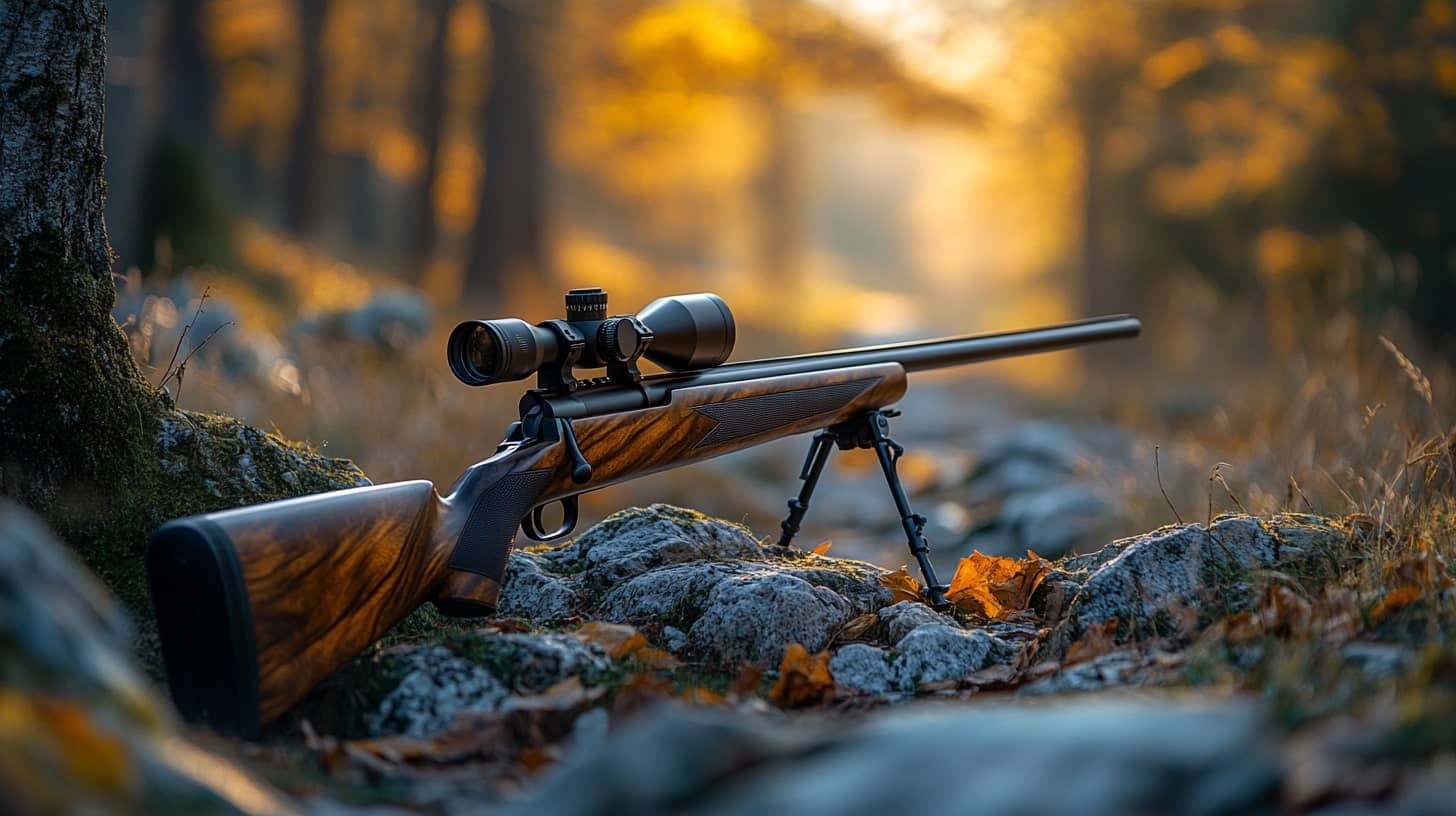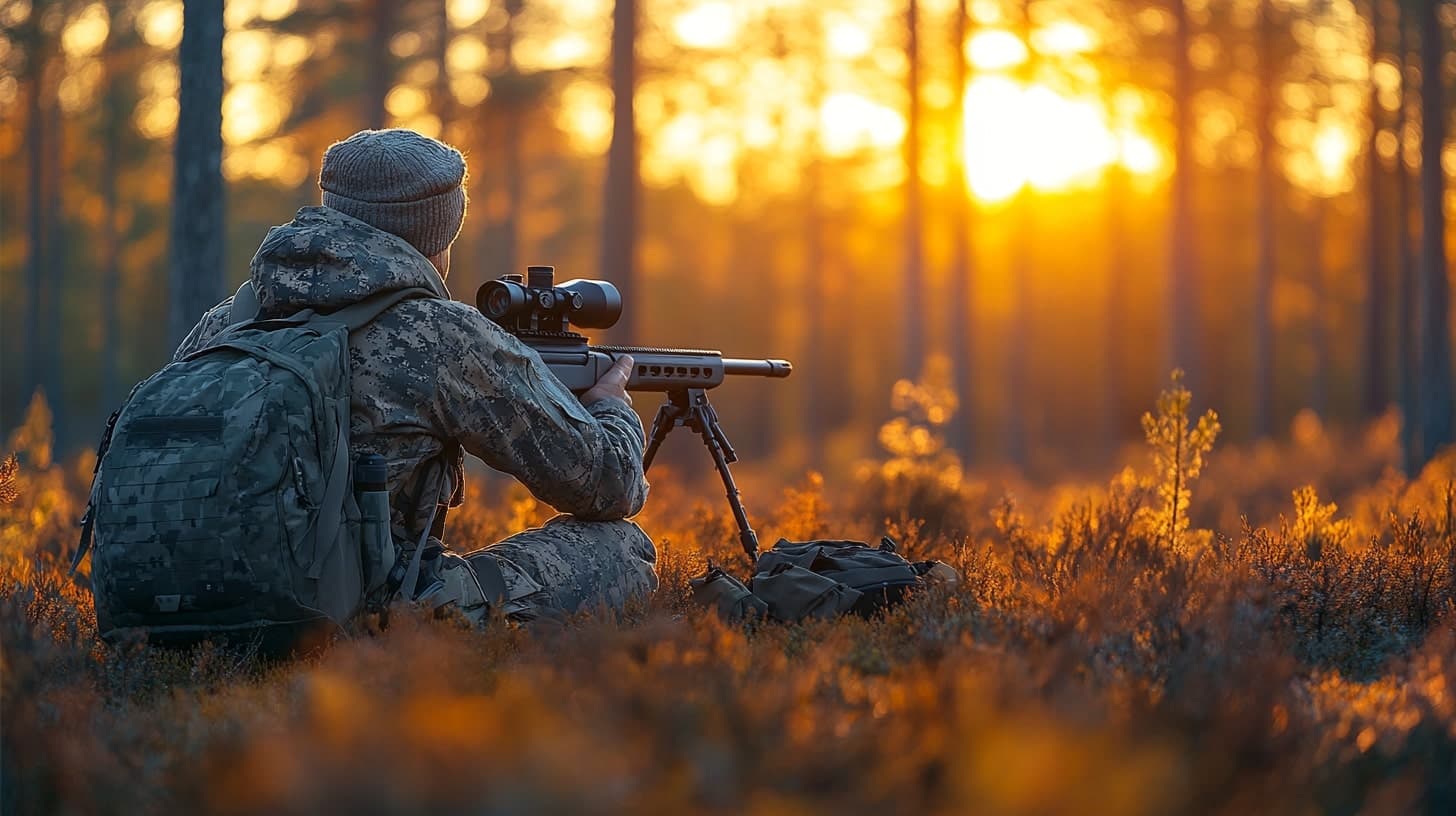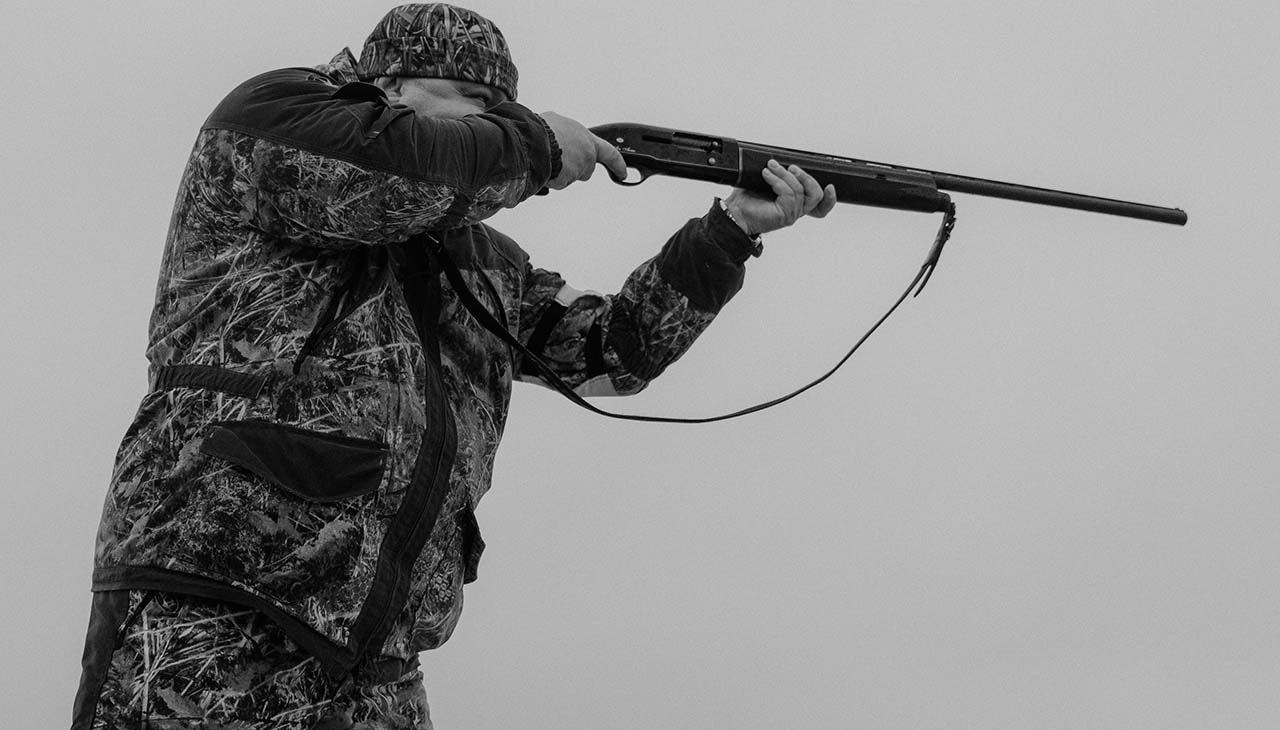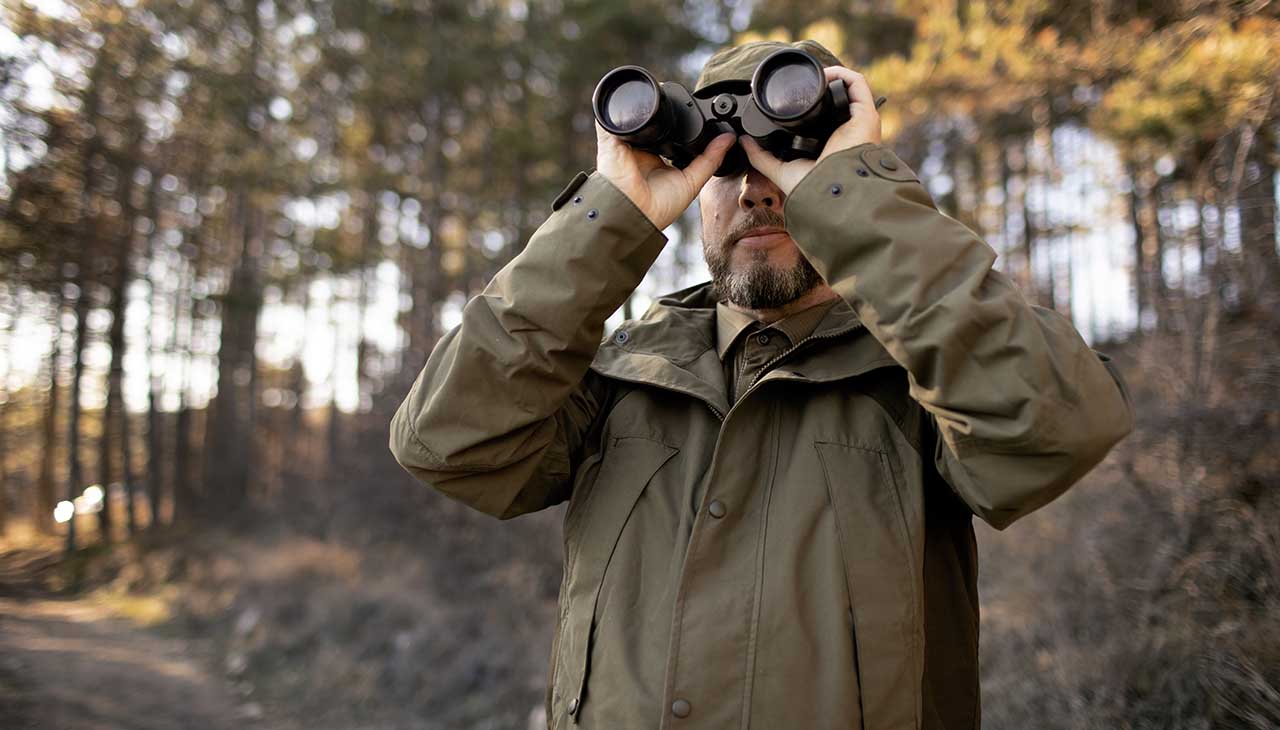Deer hunting is both an art and a science—a pursuit that intertwines tradition with modern technology to deliver a challenging yet immensely rewarding outdoor experience. One of the most critical components of a successful hunt is selecting the right rifle. The perfect deer hunting rifle is more than just a tool; it’s a trusted partner that must balance power with precision, comfort with durability, and advanced features with timeless reliability. This guide will explore the essential factors in choosing the ideal rifle for deer hunting, focusing on caliber selection, key rifle characteristics, tactical considerations, and practical advice to ensure that your next hunt is both ethical and successful.
Understanding the Importance of Caliber
When selecting a rifle for deer hunting, the caliber is arguably the most vital consideration. The caliber, defined by the diameter of the bullet and the cartridge’s overall power, plays a significant role in determining both the effectiveness and the recoil of your firearm. Popular calibers among deer hunters include the .243 Winchester, .270 Winchester, 7mm Remington Magnum, and .30-06 Springfield. For example, the .243 Winchester is celebrated for its manageable recoil and excellent accuracy, making it an ideal choice for newer hunters or those who prioritize precision over sheer stopping power. On the other hand, the .30-06 Springfield offers substantial stopping power, which may be necessary when hunting larger deer or in situations where a more forceful impact is required.
Selecting the right caliber is not just a matter of power—it’s about matching the firearm to your specific hunting conditions and personal capabilities. The terrain, the expected range of shots, and even your physical build can all influence the optimal choice. Understanding the ballistics and terminal performance of each caliber will empower you to make a decision that ensures ethical, humane kills while maximizing your hunting efficiency.
Key Rifle Characteristics
Beyond caliber, several key features of the rifle itself can greatly affect its performance in the field. Weight and balance are crucial; a lightweight rifle might be easier to carry during long treks through rugged terrain, yet it might lack the stability needed for precise shooting. Conversely, a heavier rifle might provide enhanced steadiness at the moment of the shot but could cause fatigue over an extended period. Modern hunting rifles often incorporate advanced materials that offer both strength and a reduction in weight, making them versatile for various hunting conditions.
Another important characteristic is the barrel length. A longer barrel typically translates to improved accuracy over longer distances, which is beneficial when engaging deer at range in open fields. However, in dense forests or uneven terrain, a shorter barrel may offer better maneuverability and quicker target acquisition. Additional features, such as adjustable stocks, high-quality optics, and refined trigger systems, further contribute to a rifle’s overall performance. These components allow for personalized adjustments, ensuring that the rifle complements your shooting style and physical dimensions, ultimately enhancing your overall effectiveness in the field.
Tactical Considerations for the Field
Tactical planning is a critical aspect of deer hunting. The environment in which you hunt—be it open fields, dense woodlands, or a mix of terrains—should guide your choice in rifle configuration. For instance, if your hunts are predominantly in wide-open spaces, opting for a rifle with a longer effective range and a powerful caliber might be advantageous. In contrast, hunters in thickly wooded areas may benefit from a rifle that emphasizes maneuverability and quick handling, even if it means sacrificing some long-range accuracy.
Moreover, consider the lighting conditions typically encountered during your hunts. Rifles equipped with high-quality, easily adjustable optics allow for rapid adaptation to changing light levels, ensuring consistent performance whether you’re hunting at dawn, midday, or dusk. The ability to quickly adjust your sighting system can mean the difference between a successful, ethical kill and a missed opportunity.
The Role of Modern Technology in Rifle Design
Advancements in firearm technology have significantly transformed the landscape of deer hunting. Innovations such as polymer stocks, precision-engineered barrels, and digital sighting systems have enhanced both the reliability and accuracy of modern hunting rifles. These technological improvements contribute to rifles that are not only more durable but also more user-friendly, enabling hunters to focus on the hunt rather than the mechanics of their equipment.
Modern rifles are often constructed with corrosion-resistant materials and designed to perform under a variety of harsh environmental conditions. The integration of modular components means that many rifles can be easily customized and upgraded over time. This flexibility allows hunters to adapt their gear to new challenges and emerging technologies, ensuring that their rifle remains at the cutting edge of performance throughout many hunting seasons.
Balancing Power and Precision
One of the primary challenges in rifle selection is achieving the optimal balance between power and precision. A high-powered rifle may offer significant stopping power, but if it lacks precision, the shot may not land exactly where intended, potentially resulting in unnecessary suffering for the animal. Precision is paramount in deer hunting; a well-placed shot ensures a quick, humane kill, upholding the ethical standards of the sport. When evaluating rifles, pay attention to performance data such as group sizes at various ranges, real-world accuracy reports, and the consistency of the firearm’s performance under different conditions.
Real-world testing is invaluable—many experienced hunters recommend spending time at shooting ranges or renting rifles to experience firsthand how different models perform. This practical approach can provide insights that specifications and reviews alone may not convey. By combining technical data with personal experience, you can confidently select a rifle that meets both your power and precision requirements.
Ergonomics and User Experience
Ergonomics play a pivotal role in the overall user experience of a hunting rifle. A rifle that feels natural in your hands and aligns perfectly with your body mechanics will greatly enhance your accuracy and comfort during extended hunts. Features such as an adjustable stock, a well-contoured grip, and intuitively placed controls are crucial for ensuring that the rifle functions as an extension of your own body. Such design elements minimize fatigue and enable rapid, fluid movements during critical moments.
Many modern rifles are designed with customization in mind. Modular components allow you to tailor your rifle to your specific needs, ensuring that every element—from the trigger pull to the recoil pad—meets your standards for comfort and functionality. A well-ergonomized rifle not only improves performance but also makes the overall hunting experience more enjoyable.
Practical Tips for Testing and Selection
Before making a final decision, it is essential to test various rifles in conditions that mirror your typical hunting environment. Visit local shooting ranges, participate in firearm demonstrations, and seek advice from experienced hunters and experts. During these trials, pay close attention to factors such as recoil, balance, sight alignment, and overall handling. Ask detailed questions about maintenance requirements and the availability of aftermarket accessories that might further enhance the rifle’s performance.
Moreover, consider the long-term investment involved in purchasing a quality hunting rifle. A well-chosen rifle is not just for the current season but can be a lasting companion for many years of successful hunting. Investing time in thorough research and testing will ensure that your final decision aligns with both your tactical needs and your personal preferences.
Maintaining Your Investment
Once you have selected the ideal rifle, proper maintenance is crucial to ensure its longevity and reliable performance. Regular cleaning, lubrication, and inspection will help prevent issues such as corrosion and mechanical wear, especially when the rifle is exposed to the elements. Familiarize yourself with the manufacturer’s maintenance guidelines and consider having your rifle periodically inspected by a professional gunsmith. A well-maintained firearm is more likely to perform consistently and safely, reinforcing your confidence in every hunt.
Conclusion
Choosing the perfect deer hunting rifle is a multifaceted decision that requires a careful balance of technical specifications, personal preferences, and tactical considerations. From understanding the nuances of various calibers to evaluating the intricate features that enhance comfort and accuracy, every aspect plays a crucial role in the hunting experience. By prioritizing both power and precision and by embracing modern technological advancements, you can select a rifle that not only meets your immediate needs but also evolves with you as you gain experience in the field.
Ultimately, the journey toward finding the perfect deer hunting rifle is as much about self-discovery as it is about understanding firearm technology. With thorough research, real-world testing, and proper maintenance, your rifle will become an indispensable partner in the pursuit of a challenging yet deeply fulfilling tradition. May this guide serve as a valuable resource, empowering you to make informed decisions and achieve a higher level of success in your future hunts.



